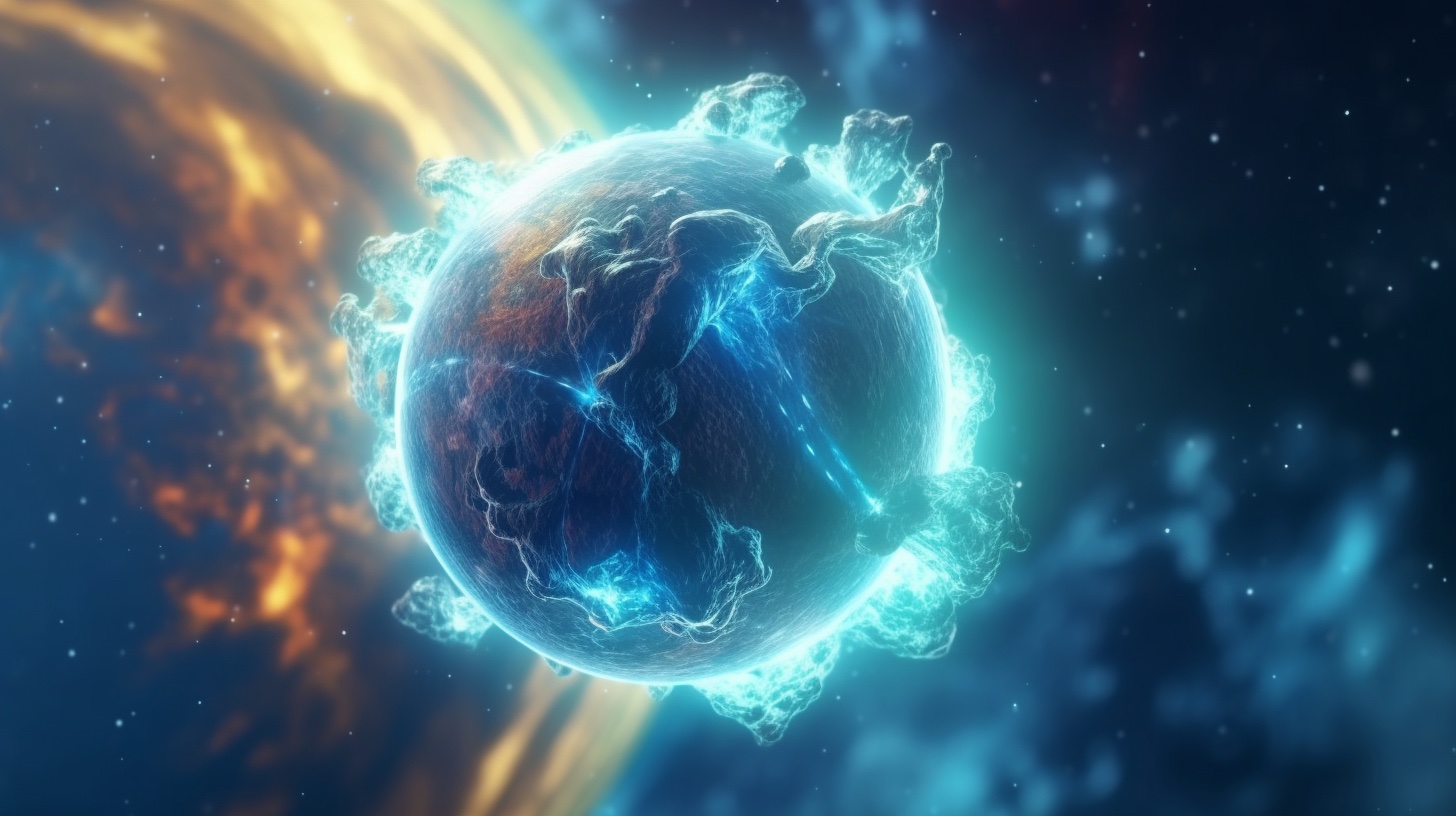Atomic Energy refers to energy released through processes that involve the nucleus of an atom. This can occur through nuclear fission, where a heavy atom is split into smaller parts, or nuclear fusion, where two light atoms combine into a heavier atom. These processes release substantial amounts of energy due to the conversion of mass to energy, as described by Einstein’s famous equation, E=mc^2.
Nuclear Fission is currently used in nuclear power plants to generate electricity. It involves splitting heavy atoms, like uranium-235 or plutonium-239, to generate heat, which then produces steam to turn turbines and generate electricity. However, it also produces high-level radioactive waste which poses significant disposal challenges.
Nuclear Fusion is a process where light atoms, commonly isotopes of hydrogen like deuterium and tritium, are combined at high temperatures and pressures. The resulting fusion releases tremendous energy, with no high-level radioactive waste, and a virtually unlimited fuel supply if we consider the abundance of hydrogen in seawater. Fusion is the process that powers the Sun and stars.
Tokamak:
A doughnut-shaped machine that uses magnetic fields to confine the hot plasma in which fusion occurs. It is currently the leading design for fusion reactors.
Stellarator:
Another design for fusion reactors, which has a more complex shape than a tokamak but potentially offers better plasma confinement.
Plasma:
The state of matter in which fusion occurs. Plasma consists of free-moving electrons and ions and is extremely hot.
Magnetic Confinement:
A method to confine the hot plasma using magnetic fields .
Inertial Confinement:
An alternative method to achieve fusion where small pellets of fusion fuel are compressed and heated using high-energy lasers or ion beams.
While fusion power holds great promise as a virtually limitless and clean source of energy, it has proven extremely challenging to achieve in a controlled and sustained manner on Earth. A common joke in the field is that fusion power is always “30 years away”.
However, progress has been made in recent years. The ITER (International Thermonuclear Experimental Reactor) project, a large-scale scientific collaboration between 35 countries, is currently constructing a tokamak reactor in France, with hopes of achieving its first plasma by 2025 and first deuterium-tritium fusion by 2035.
In addition to these large-scale efforts, several smaller companies, such as Tri Alpha Energy and First Light Fusion, are exploring innovative approaches to achieve fusion power. Despite the challenges, the potential benefits of fusion power make it a significant area of research in the pursuit of future energy sources.










